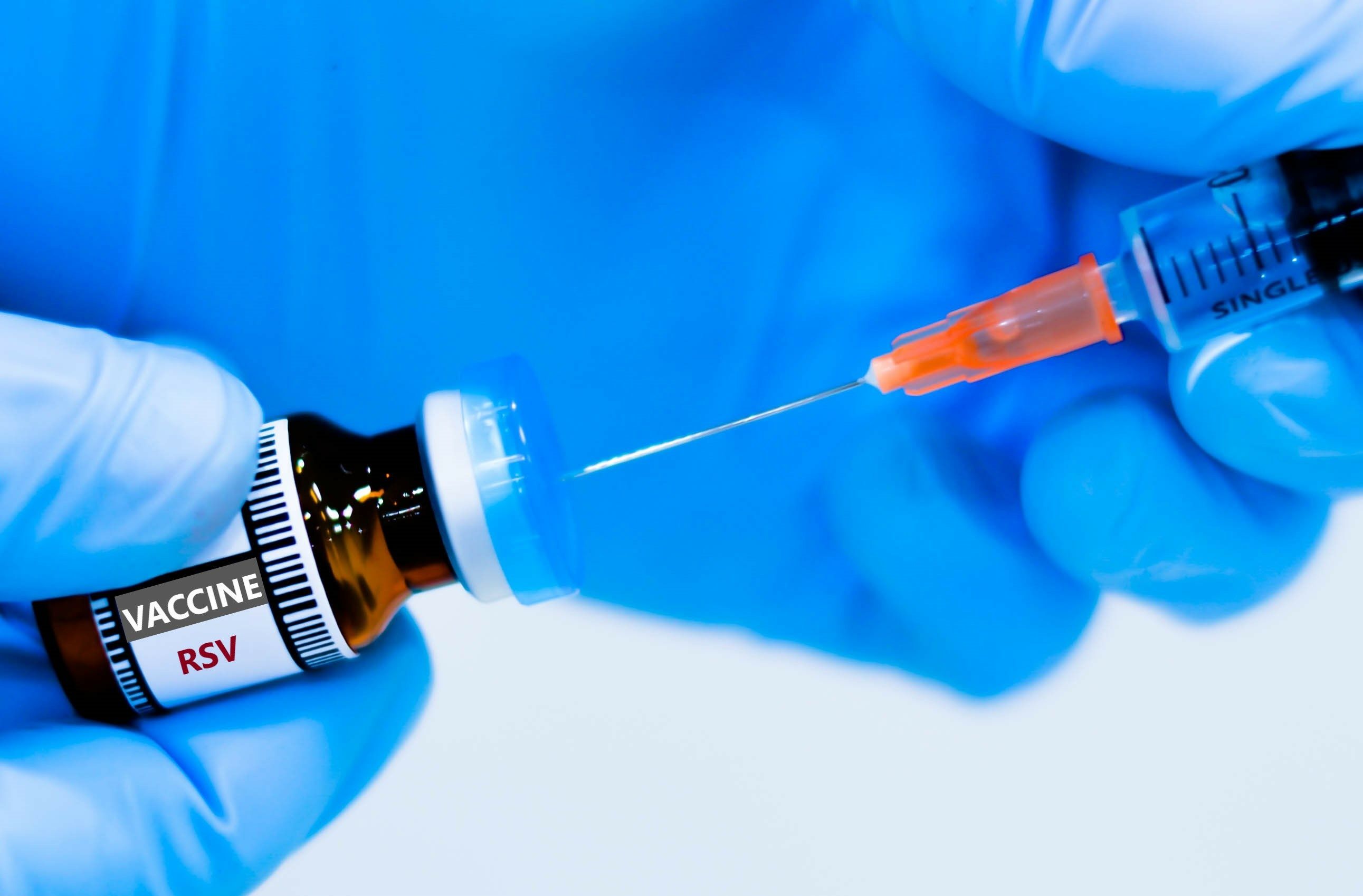Article
Pharmacist Involvement Improves HIV Outcomes
Author(s):
The treatment mantra for human immunodeficiency virus (HIV) is almost-perfect lifelong adherence to antiretroviral therapy (ART).
The treatment mantra for human immunodeficiency virus (HIV) is almost-perfect lifelong adherence to antiretroviral therapy (ART).
HIV-infected patients who adhere to at least 3 active antiretroviral agents tend to attain and sustain durable viral suppression. Those who don't are more likely to need new regimens as viral resistance emerges.
Other factors such as stronger ART regimens, lower starting baseline plasma viral loads, higher baseline CD4+ cell counts, and a rapid response to treatment are also associated with sustained durable viral suppression. Still, treatment adherence is the single most influential factor.
A team of pharmacists across the United States recently published a study examining the impact of pharmacist-assisted pharmacotherapy management within the scope of a physician—pharmacist collaborative practice protocol for HIV-infected patients.
The findings validate what several other studies have shown: early and continuous pharmacist involvement helps patient reach and maintain viral suppression faster.
Published in the Journal of the American Society of Health-System Pharmacists, this retrospective cohort analysis assessed ART outcomes in treatment-naïve patients started on ART at an HIV clinic from 1999 to 2013.
The researchers classified patients into 2 arms: those referred to a clinic-based HIV pharmacist for initiation of ART, and those managed by a primary care provider.
A total of 819 patients were enrolled in the pharmacist intervention arm. These patients tended to have higher baseline viral loads and lower CD4+ cell counts than the 436 patients enrolled in the control arm.
At 2 years, patients receiving pharmacist-assisted pharmacotherapy management were significantly more likely (HR 1.37) to attain viral suppression than those in the control group.
They were also more likely to sustain viral suppression, as their average time of suppression on the same ART was 100 months, compared with 44 months in the control group.
Patients in the intervention arm underwent more frequent HIV viral load monitoring during the first 6 months of ART, suggesting that pharmacists provided more frequent patient follow-up.





